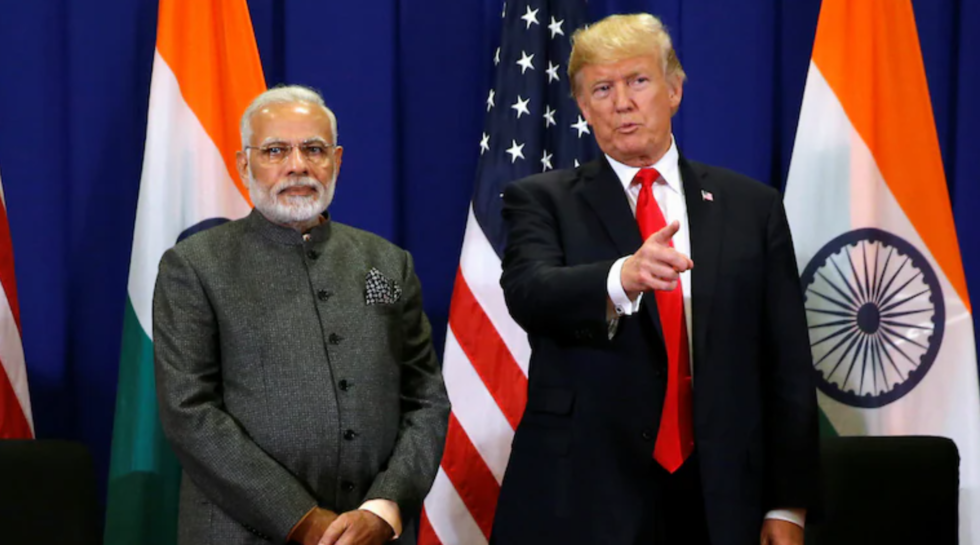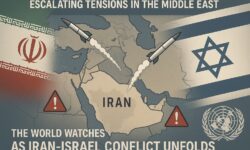
The article presents a thorough analysis of the U.S.-India relationship through the lens of Donald Trump’s presidency, highlighting the complexities, divergences, and potential for future cooperation. The relationship is characterized by strategic interests that often diverge, particularly in the domains of military engagement, diplomatic approaches to regional regimes, and economic partnerships.
In Afghanistan, the U.S. has sought India’s military involvement to counter threats, yet India has refrained from deploying troops, citing its own national interests. This divergence indicates a broader pattern where India’s foreign policy is shaped by its historical context and geopolitical aspirations. Similar tensions arise in Myanmar, where the U.S. advocates for regime change to counter China, while India emphasizes engagement with the current government, reflecting its long-standing diplomatic principles. The issue of Iran serves as another point of contention. The U.S. views Iran as a destabilizing force and supports sanctions, whereas India maintains a historical connection with Iran, particularly through its interests in the Chabahar Port project. This indicates India’s balanced approach to foreign relations, prioritizing dialogue, and engagement over isolationist policies.
The U.S. has expressed its concerns over India’s involvement with Russia primarily due to geopolitical, economic, and strategic reasons. India’s continued defense ties with Russia, including the purchase of S-400 missile defense systems, challenge U.S. sanctions under the CAATSA (Countering America’s Adversaries Through Sanctions Act). Moreover, the U.S. views India’s energy imports from Russia, especially amid Western sanctions following the Ukraine conflict, as undermining global efforts to isolate Moscow economically. Washington is wary that India’s close ties with Russia may affect the Indo-Pacific strategy, where the U.S. seeks stronger cooperation with India to counter China’s influence. India is adamant about prioritizing its national interests, demonstrating a clear distinction from other countries.
Despite differences, Trump is unlikely to abandon India, recognizing its role in counterbalancing China. As China’s influence grows through initiatives like the Belt and Road, the U.S. sees India as a key ally in the Indo-Pacific. Trump understands that maintaining a strong partnership with India is essential for U.S. interests, particularly in the Indo-Pacific region. The narrative emphasizes that India’s unique approach to international relations promotes dialogue rather than conflict.
India’s emerging leadership in the Global South is through the “2+1” strategic framework, enhancing trilateral cooperation between the U.S., India, and a Global South nation. This initiative enhances India’s diplomatic outreach, positioning it as a major actor in mitigating Chinese influence while strengthening multilateral engagements. The broader strategic implications reinforce India’s role as a key stakeholder in global governance, particularly among states wary of deepening ties with China.
The U.S.-India relationship is a cornerstone of global stability, driven by shared democratic values, strategic interests, and economic aspirations. The collaboration benefits both countries and the world economy by promoting innovation, trade growth, and robust supply networks. India’s security environment may improve by strengthening defence partnerships, which include cooperative military drills and technological exchanges. Collaboration in the areas of global health, climate change, and emerging technologies will demonstrate their dedication to tackling urgent global issues and reaffirm their position as essential partners in a changing global order.
The author concludes by outlining an elaborative perspective on the relationship between the United States and India, suggesting that there is a great deal of room for collaboration despite differences. The pragmatic aspect of international relations is highlighted by Trump’s acknowledgment of India as an important member of the Global South and a counterbalance to China. The story offers hope for the future of U.S.-Indian relations while emphasizing the value of communication and cooperation in negotiating the challenges of a world that is changing quickly. Despite its openness to cooperation and partnerships, India’s strategic autonomy reflects its autonomous foreign policy, placing a higher priority on mutual benefit and economic progress over security-centric alliances.







